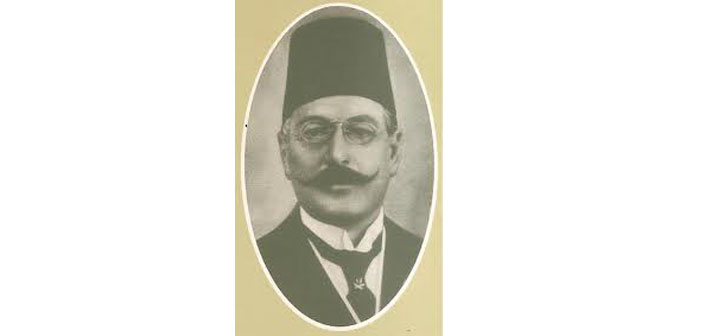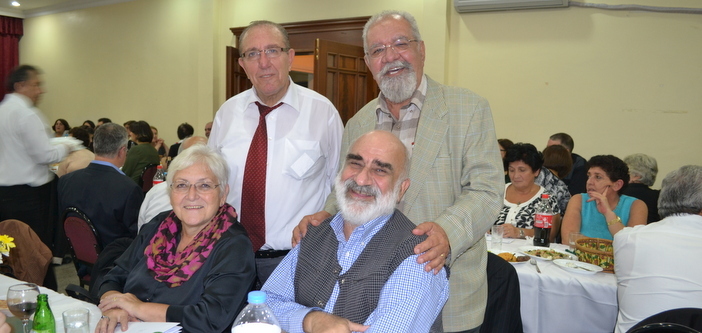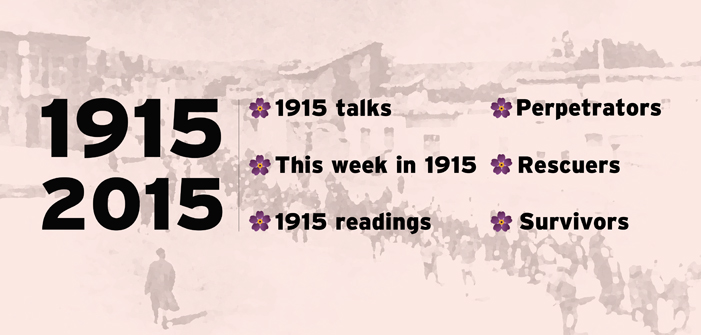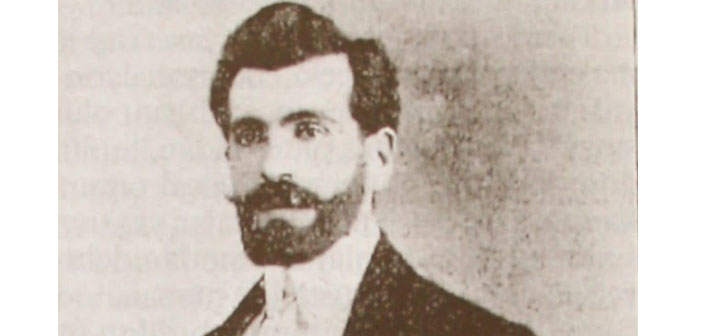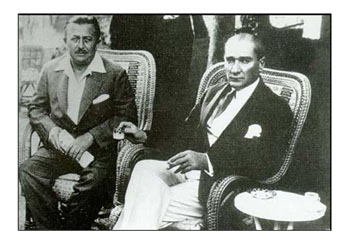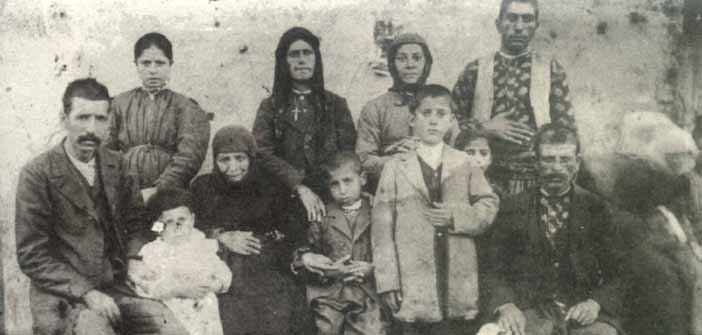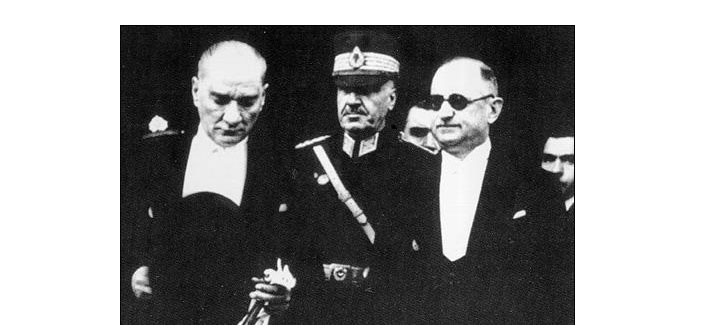SPECIAL REPORTS
Doctor Reşid, the Diyarbekir executioner
In 1913, Mehmet Reşid was appointed governor of Karesi, a region that could almost be described as the testing ground of the Armenian Genocide. Reşid Bey played a significant role in the forced deportation of Greeks from the region, and this ‘success’ brought him the rank of the General Secretary of the General Inspectorate for the provinces of Van, Bitlis, Diyarbekir and Mamuretülaziz. He was appointed to this post because Interior Minister Talaat Pasha considered him “active, competent and patriotic”.
‘Questioning official discourse is the path to recognition’
Raymond Kévorkian’s work ‘The Armenian Genocide’, a masterpiece in its field, has been published in Turkish by the İletişim Publishing House. In addition to how the book came about, we spoke to Kévorkian about Turkey’s policies regarding the Genocide.
Now they will meet on the other side
Brother Sarkis has passed away, and it is his work and his memory that remain. For over forty years, we shared a common fate and friendship. Although we did not agree on everything, we were people of the same world. When I look back now I see that when we came together, or spoke on the telephone, we only spoke about Armenian language, literature and culture, as if it were the only topic in our lives.
“Since I won’t commit these murders, please accept my resignation!”
Kütahya Governor Faik Ali Ozansoy was one of those who displayed the courage to stand up to the Union and Progress government to protect the Armenians during the inferno of 1915. In our “Rescuer” series, Ari Şekeryan sheds light on Ozansoy’s struggle, and how Armenians thanked him.
Social engineer: Şükrü Kaya
Social engineering was an important method applied by the Committee of Union and Progress in establishing relationships between State and society. This policy, with aspects of resettlement, assimilation and slaughter, appears clearly in the ideological and political progress of Union and Progress members. The Union and Progress Party’s policy of Turkification and Islamisation, applied across the empire, was adopted by the Kemalists for the new Republic. Şükrü Kaya was a member of the elite group of actors who implemented these policies.
Gülizar’s story brings people together
The exhibition titled ‘Spectography: Tracing the Ghosts’ opened at Depo on March 14, and Arménouhie Kévonian’s book ‘Gülizar’s Black Wedding’, published by the Aras Publishing House in Turkish, was also launched during the opening. The exhibition features the photographs and videos of three Swiss artists, Anna Barsaghian, Stefan Kristensen and Uriel Orlow, produced during their travels across Anatolia.
A mirror called Gülizar
Entrusted to her daughter fifty years after she was abducted, the memoirs of Gülizar have been published in Turkish by the Aras Publishing House with the title ‘Gülizar’s Black Wedding’. Gülizar’s story contains messages for us all…
Those who defied orders in Diyarbekir
Along with Mamuretül Aziz, the Diyarbekir Province is an area where we encounter the highest number of instances of disobedience during the Armenian Genocide, or where the most accounts of disobedience have reached the present day. The sense among communities in the area that “with 1915, there was an irreversible rupture in our fate as well” is perhaps the most important factor in that the memory of the period has remained so vivid in the region.
Governor of Genocide, Minister of Republic: Abdülhalik Renda
The assignment during the Republican Period of important tasks in matters such as the settlement of immigrants and the Kurdish question to former Union and Progress members like Mustafa Abdülhalik Renda who played active roles in the perpetration of the Armenian Genocide, clearly shows that social engineering policy of Union and Progress influenced the violence, enforced migration and assimilation practices of the State in the Republican Period.


